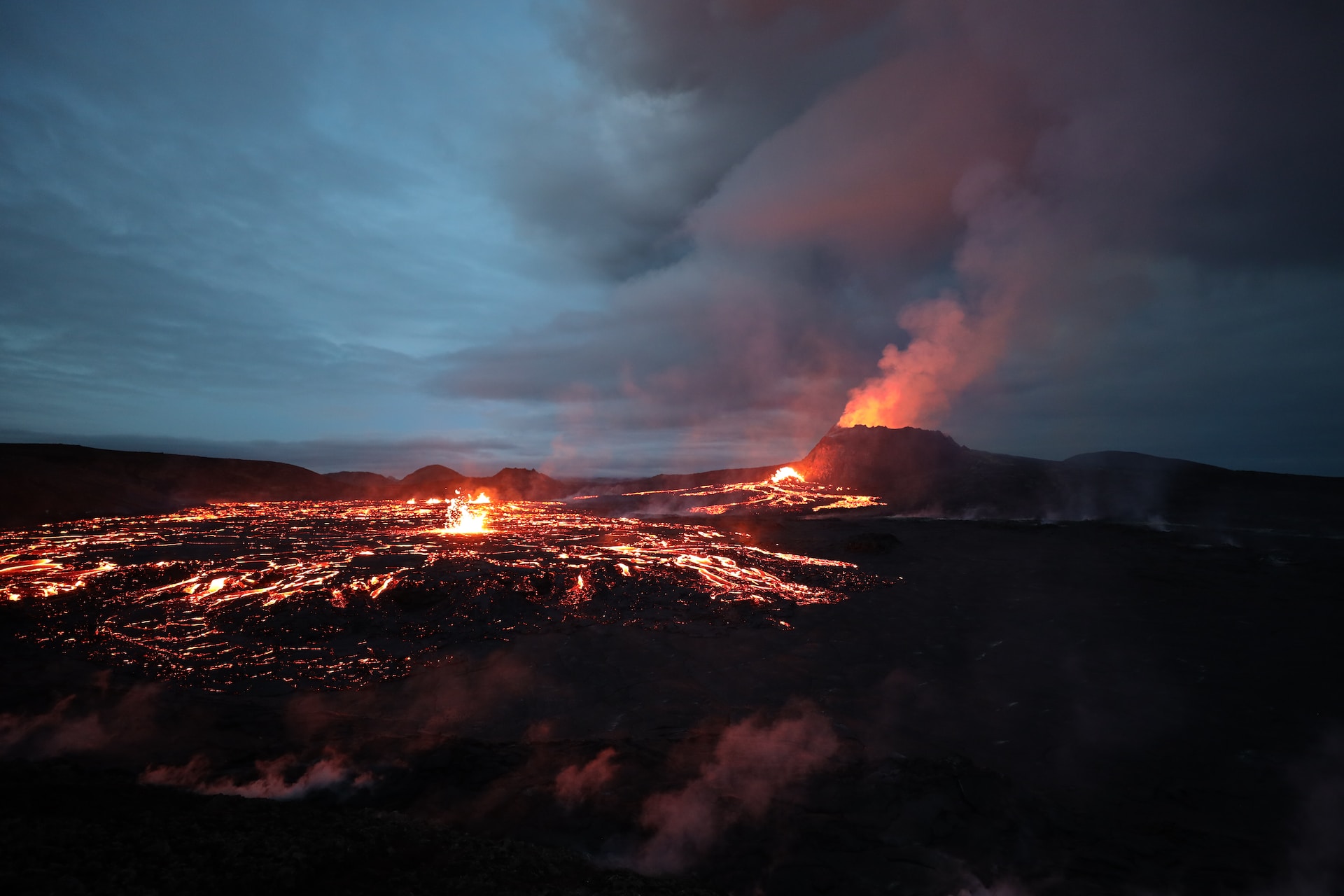On Monday evening, the skies near Grindavik, a town in the southwestern part of Iceland, were illuminated by a breathtaking volcanic eruption. The event was characterized by a brilliant illumination in the sky and the release of a significant amount of semi-molten rock.
Eruption Intensity and Early Stages
Initially, the eruption exhibited intense activity, as reported by the Icelandic Meteorological Office. It recorded a massive flow of lava, with volumes reaching several hundred cubic meters per second in the early hours. However, by Tuesday afternoon, the intensity of the volcanic activity had visibly lessened. The eruption, which started around 10:20 p.m. local time on Monday, was a culmination of a series of minor tremors. The lava, believed to be around 1,200 degrees Celsius, surged from a fissure nearly 4 kilometers in length.
Preemptive Safety Actions
Reacting to the heightened seismic activity observed in November, which led to property damage and fears of an eruption, authorities conducted preemptive evacuations in the vicinity of Iceland’s main airport. These measures significantly reduced potential risks to nearby residents.
Aviation Remains Unaffected
This recent volcanic activity on the Reykjanes Peninsula, about 50 kilometers southwest of the capital Reykjavik, was not anticipated to produce substantial ash emissions. This is in stark contrast to the 2010 Eyjafjallajokull eruption, which caused major disruptions in European air travel. Bjarne Benediktsson, Iceland’s Foreign Minister, confirmed that the eruption did not affect flights to and from the country, with international air routes remaining functional.

Subsiding Volcanic Activity
The Icelandic Meteorological Office observed a significant decrease in the eruption’s strength by Tuesday afternoon. The volume of the lava flow had reduced to about a quarter of its original size, and the height of the lava fountains, previously soaring as high as 30 meters, also diminished. Prime Minister Katrin Jakobsdottir reassured the public that the eruption did not pose a threat to essential infrastructure, although safety measures were maintained near the Svartsengi power plant.
Tourism Sector Alert
The eruption’s proximity to the renowned Blue Lagoon geothermal spa, one of Iceland’s key tourist sites, had prompted a temporary shutdown last month due to concerns over volcanic activity. The spa and other tourist areas remained vigilant as the nation kept a close watch on volcanic activities.
Conclusion
Iceland, renowned for its regular volcanic activity owing to its position atop a North Atlantic volcanic hotspot, experienced yet another remarkable geological event. Despite early concerns, the country effectively managed the eruption, preventing significant disruptions to local life and air travel, thanks to its well-coordinated emergency response and safety precautions.
©eco-guardians.org

